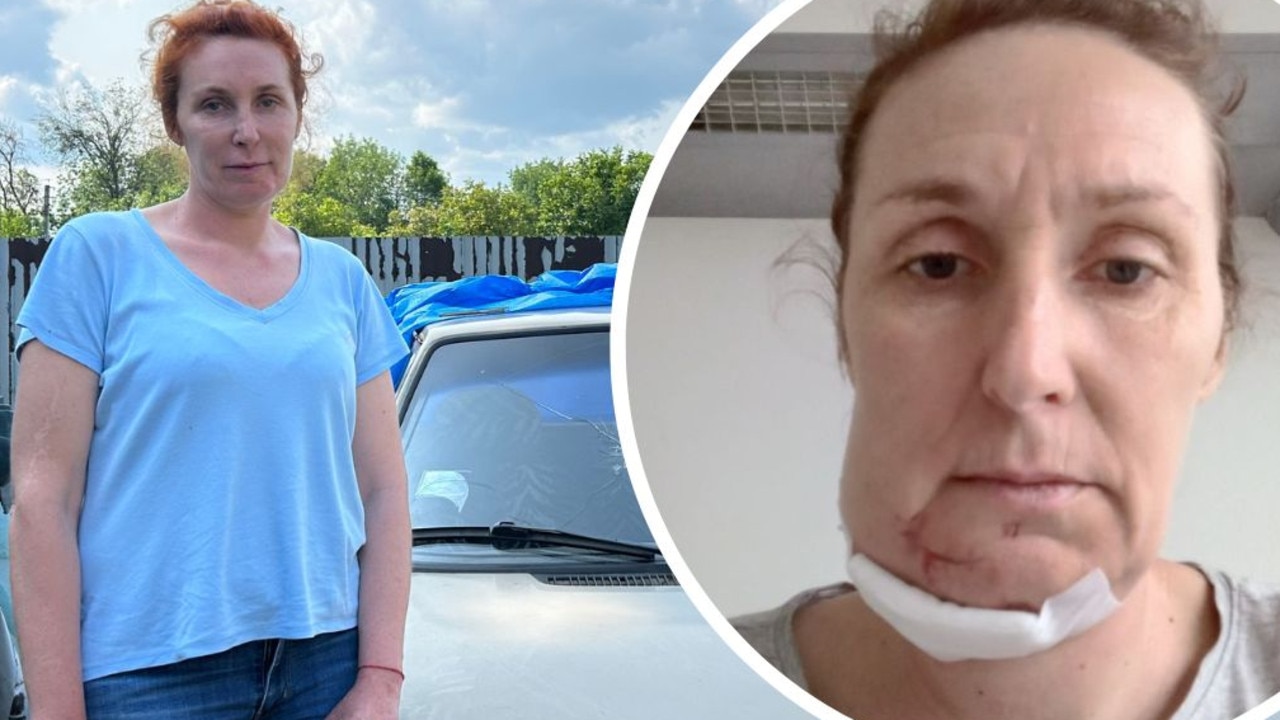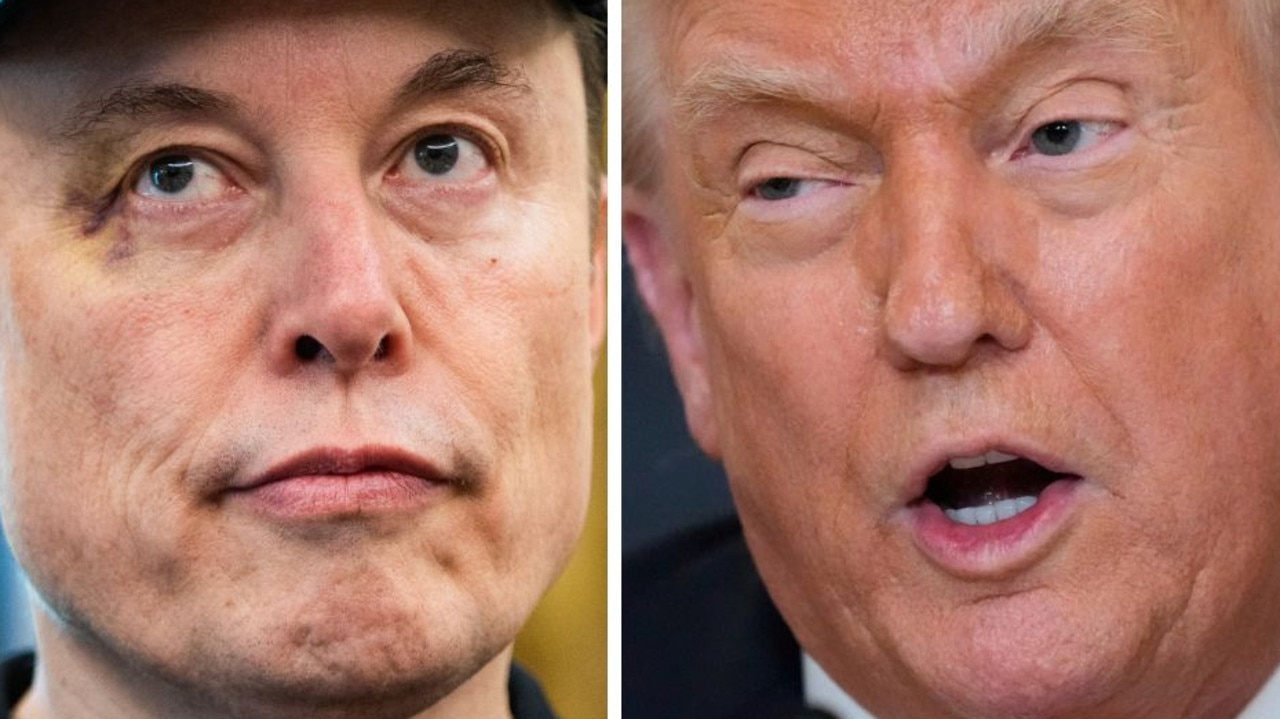Natalie Vikhrov’s first-person account: What it was like when the Russian bombs began falling on Ukraine
She was in her pyjamas when the first explosions came. Minutes later came the first ‘boom’. This is what it was like when the Russian bombs began falling on Ukraine.
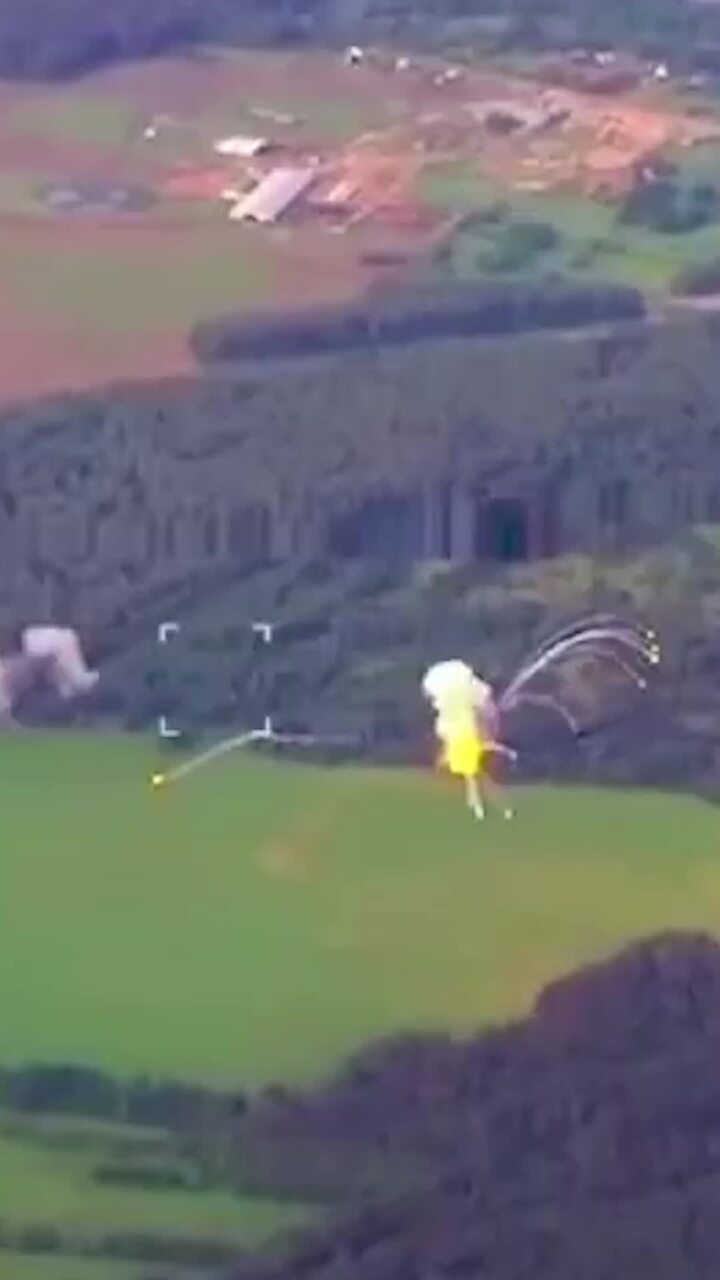
World
Don't miss out on the headlines from World. Followed categories will be added to My News.
The first explosion came before 5am. I was in pyjamas, in the darkness of my bedroom in Kyiv, watching on my laptop as Russian President Vladimir Putin declared a “special military operation” against Ukraine.
Minutes later came the first ‘boom’ – distant but heart-stopping.
Despite disbelief among many that Putin would launch an all-out war, tensions had been high in the days leading up to February 24, 2022. Now, like many others, I was glued to Twitter trying to establish whether the distant boom was paranoia or a bomb.
I was meant to be on a 6am train to the Donbas, in eastern Ukraine, where the low-intensity conflict has escalated in recent days. Like many, I thought further escalation in the country’s east was the likely scenario. Needless to say, I never caught the train to Donbas that morning.
Instead, with shaking hands, I called a friend. “Wake up, the war has started,” I told her.
“I’m coming over.”
She agreed and then said “I have to wash my hair.”
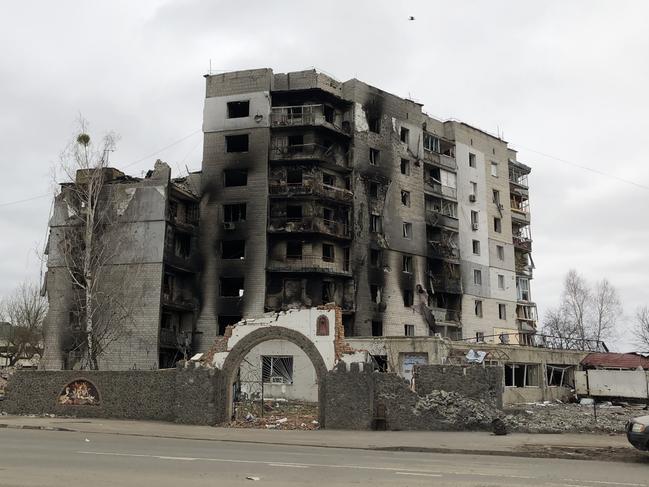
I hastily packed a bag and called an Uber. The driver dropped me off in the wrong place – my fault, I had typed in the wrong address – but refused to take me further, leaving me with a half an hour trek across Kyiv.
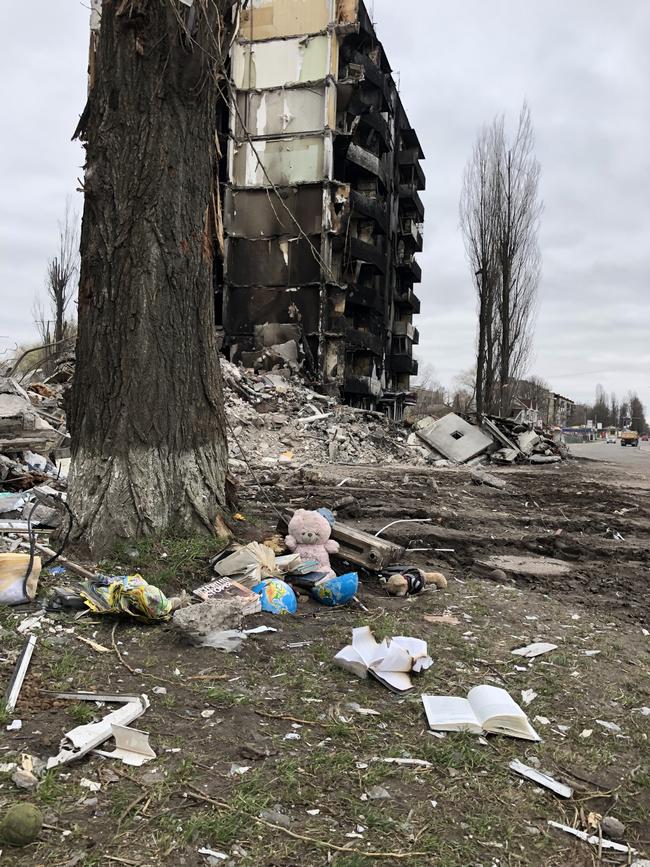
The streets were still dark but a few cars were already on the road, some speeding, presumably in an attempt to flee the city. One family was hurriedly packing their belongings into their car, next to a grandparent swaddled in a blanket in the back seat.
By the time I arrived at my friend’s apartment, there were a few of us there – housemates, friends, partners.
Between messaging editors, contacts, friends and family, we thought about our next move.
We could try to leave but we were hearing of people getting stuck in hours-long traffic jams without even making it out of the city. We found a safe space for the next two days while we decided what to do.
Inside the multistorey house, there were dozens of others – some of them had come from other countries to pick up their newborn babies born via surrogacy. They were terrified.
Russia had been planning to take Kyiv in three days, a message echoed by news reports.
And so on day three, we left as part of a convoy – a bus full of mostly Italians and one Ukrainian-Australian following a handful of four-wheel drives belonging to an intergovernmental organisation.
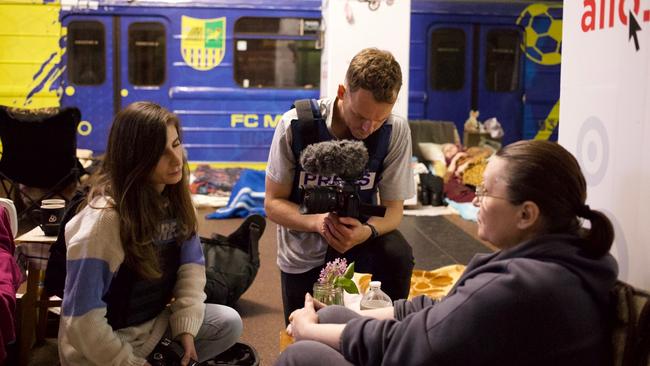
Despite it being the middle of the day, the streets of Kyiv were largely deserted.
Outside of Kyiv, cars queued at petrol stations and inside the shelves were almost empty.
When we reached the border of Ukraine and Moldova, heart-wrenching scenes were unfolding. Women and children were tearfully farewelling their husbands, fathers, brothers – men aged 18 to 60 who had been prohibited from leaving the country under martial law.
Many were likely wondering if this is the last time they would see their loved ones.
We barely crossed the border when I decided I would go back. Weeks later, I did. Ukraine’s armed forces then had halted the Russians before they could reach the capital and the horrors they inflicted on a cluster of satellite suburbs, including Bucha, Irpin, and Hostomel were coming to light.
When we visited the liberated towns, bombed out buildings, destroyed cars and other wreckage lined the streets.
In Irpin, the owner of a Scandinavian style hotel told us how Russian soldiers tried to execute him through a door because they didn’t want to look him in the eyes.
Later, I travelled to my birth city of Kharkiv. The northeastern city was under constant attack and many had moved into metro stations that became their own underground cities.
Metro carriages had been fashioned into bedrooms, and mattresses lined the platform.
Most of the metro station inhabitants were scared to stay on the surface too long, so frequent were Russian strikes.
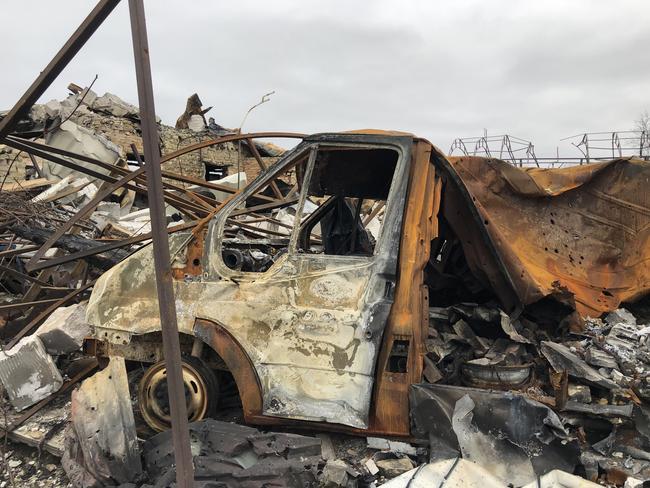
We returned to our apartment after lunch to find a children’s amusement park – the same one my mum used to take me to as a child – was badly damaged in a rocket attack.
I wondered that night if we should sleep in the corridor.
By early 2023, the eastern Ukrainian city of Bakhmut became the epicentre of fighting and my colleagues and I travelled there. In the small city, powerful explosions sounded every few minutes and at close range. At one point, we heard the whistle of a projectile as we surveyed shell damaged buildings. That meant time to go.
The city’s population of 70,000 had dwindled to just a few thousand and they were forced to live without power, central heating and running water.
Despite the dire circumstances, many said they had nowhere to go.
One resident, Andriy Geriak, told me how artillery struck his brother’s apartment building while they were celebrating New Year’s Eve but despite the close call he had no plans to leave – he couldn’t afford to go elsewhere.
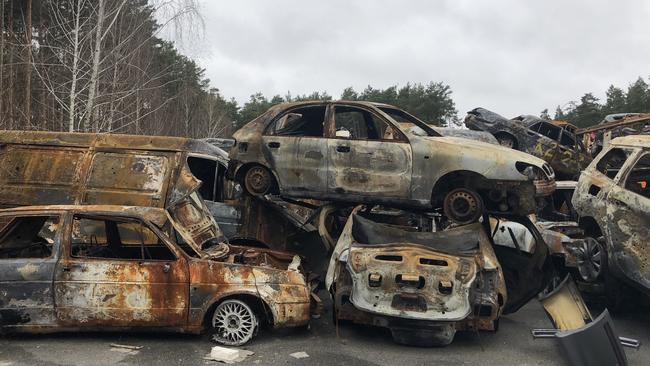
Months later, Bakhmut was captured by Russian forces.
I left Ukraine shortly before that – more than two years ago – but not a day has gone by where I hadn’t thought back to the war.
I returned to Kyiv this week, two years later, on the first day of European summer. Street vendors were selling fruit and flowers on street corners and roadsides.
Shortly after my train pulled into Kyiv’s central railway station at around 6am on Sunday, a boom sounded in the distance. I paused to look around but the other commuters just continued to load their bags into taxis and greet loved ones emerging from the station.
More than three years into the war, Ukrainians have become accustomed to the sound of explosions.
The air raids have continued to sound multiple times a day but Ukrainians just carry on.
On Sunday, inside a courtyard in one of Kyiv’s trendy neighbourhoods, people perused pet treats and accessories at a pop-up dog merchandise market while Chappell Roan’s Pink Pony Club played in the background.
You’d barely know a 12-hour air raid alert ended just hours earlier.
At Taras Shevchenko Park in central Kyiv, volunteers were shutting up a Yurt of Invincibility, a project set up by representatives of the Kazakh community in Ukraine.

These initially served as heating sites for those left without power following Russian attacks on energy infrastructure but that day they were set up to host activities like painting and games for children.
Volunteer Saulie Rovna said she received many calls that morning from families asking if the set up would be cancelled due to the prolonged air raid alert, which came a day before the second round of peace talks were due to take place between Ukraine and Russia in Istanbul.
It’s hard to believe Russia is interested in peace when negotiations are conducted against the background of rocket and drone attacks on Ukraine.
“What Putin is doing shows he doesn’t want peace,” Ms Rovna says.
His task is to destroy us and he will simply draw this out and try to lie and portray the situation like Ukrainians are doing something wrong.”
Ms Rovna said Ukrainians are ready for peace “but not for the seizure of their country”.
“They want a just peace,” she said.
Natalie Vikhrov is a journalist for The Advertiser.
Originally published as Natalie Vikhrov’s first-person account: What it was like when the Russian bombs began falling on Ukraine


